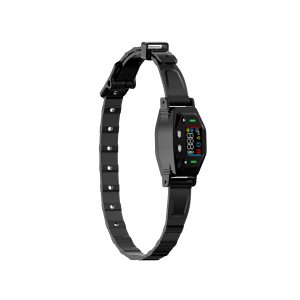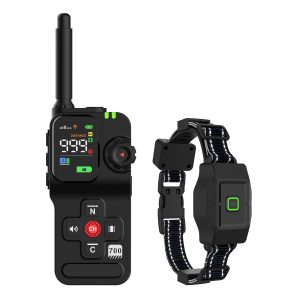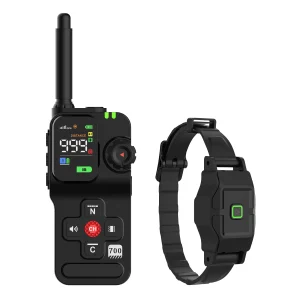Exploring the Relationship Between Wireless Dog Fences and WiFi Signals
Wireless dog fences have become a popular choice for pet owners looking to create safe boundaries for their furry friends. However, concerns have been raised about potential interference with WiFi signals. Let’s delve into whether these devices can indeed disrupt your internet connection.
Understanding Wireless Dog Fences
Wireless dog fences operate on a radio signal emitted by a transmitter, creating an invisible boundary. When your pet wearing a receiver collar crosses this boundary, they receive a warning signal or mild static correction to deter them from straying further.
The Science Behind WiFi Signals
WiFi operates on radio waves within the 2.4GHz and 5GHz frequency bands. These frequencies can be susceptible to interference from various sources, including electronic devices and other wireless signals.
Potential Interference
Concerns about interference arise because wireless dog fences also use radio signals, albeit on different frequencies. However, modern devices are designed to minimize potential conflicts with existing WiFi networks.
Best Practices for Minimizing Interference
To ensure your WiFi and wireless dog fence coexist peacefully, consider the following tips:
- Choose a wireless dog fence system with adjustable signal frequencies to avoid overlap with WiFi bands.
- Position the transmitter of the dog fence away from your WiFi router to reduce signal interference.
- Regularly update your WiFi router’s firmware to optimize its performance and reduce susceptibility to interference.
Conclusion
By implementing these strategies and selecting high-quality products, you can create a harmonious environment where both your wireless dog fence and WiFi network can function effectively.




